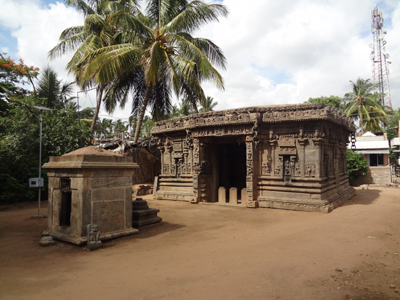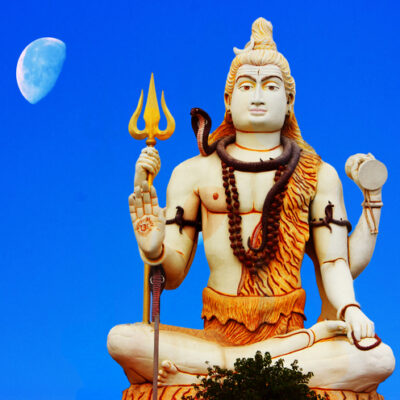Yelandur Gaurisvara Temple, Karnataka

Address
Yelandur Gaurisvara Temple Near Balemantapa Temple, NH948, Yelandur, Karnataka 571441
Diety
Gaurisvara Amman: Parvati
Introduction
The Gaurishvara Temple (also Known as Gaurishwara or Gaurisvara) is located in the town of Yelandur, Chamarajanagar district of Karnataka state, India. The temple was constructed by a local chief Singedepa Devabhupala of the Hadinadu chiefdom, a feudatory of the 16th century Vijayanagara Empire. The temple has a garbhagriha, an ardhamandapa and an open pillared hall with entrances on the north, south and east. The garbhagriha has a linga installed in it, while the ardhamandapa has images of Vishnu, Shanmukha, Parvati, Mahishamardini, Bhairava, Durga, Virabhadra and Ganapati in ardhamandapa. There are two small shrines with similar plan but less conspicuous. some sculptures are in ruins. In front of the temple is a mahadwara of the Vijayanagara period, decorated with chains of stone rings at the corners and hence also called Bale Mandapa. This mandapa has a simple adhisthana with mouldings, the walls around are embellished with beautiful reliefs Andhakasuramardana, Bhikshatanamurti, Bhairava, Kaliamardana, Dakshinamurti Siva Narasimha in different forms.
Puranic Significance
The temple plan is simple. It has a sanctum (garbhagriha), a closed hall (mantapa), an open hall supported by granite pillars, and an unusual mahadwara (grand entrance) which lacks the usual tower (gopuram) over it. This type of an entrance is called bale mantapa (lit, bangled hall) in a contemporary style. The sanctum contains the linga, the universal symbol of the Hindu god Shiva. The closed hall has images of various Hindu deities; Vishnu, Shanmukha, Parvati, Mahishasuramardini (a form of the goddess Durga), Bhairava (a form of the god Shiva), Durga, Virabhadra (another form of Shiva) and Ganapati. The walls of the entrance are heavily decorated with reliefs depicting scenes from the puranic stories and the epics. An unusual decoration provided to the entrance are the chains of stone rings (bale).
Century/Period/Age
16th century A.D.
Managed By
Archeological survey of India.
Nearest Bus Station
Yelandur
Nearest Railway Station
Mysore
Nearest Airport
Bengaluru









